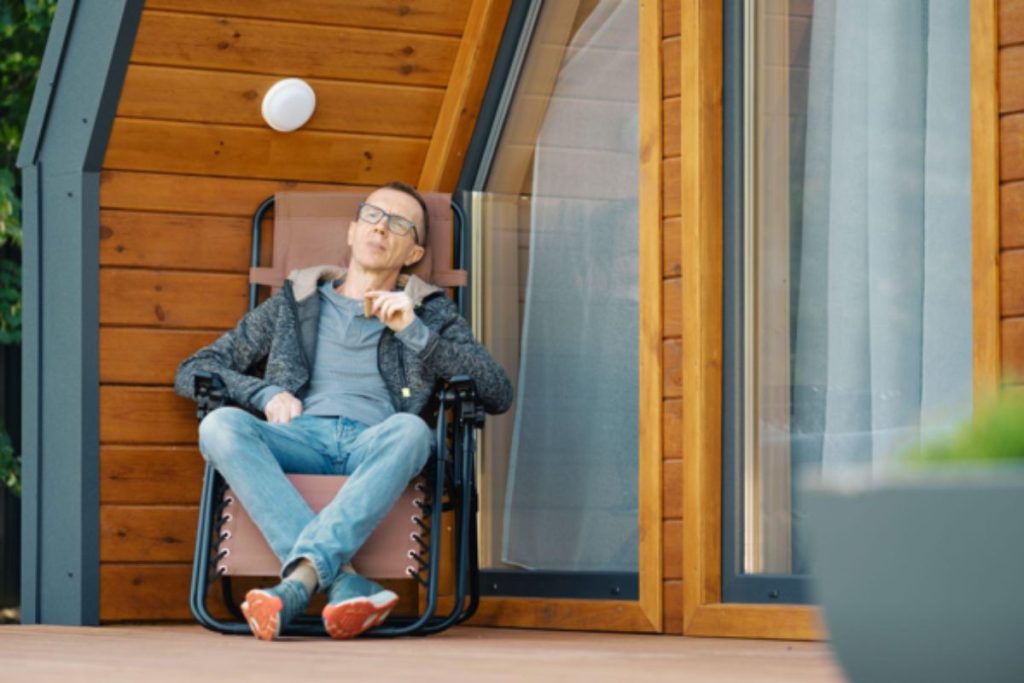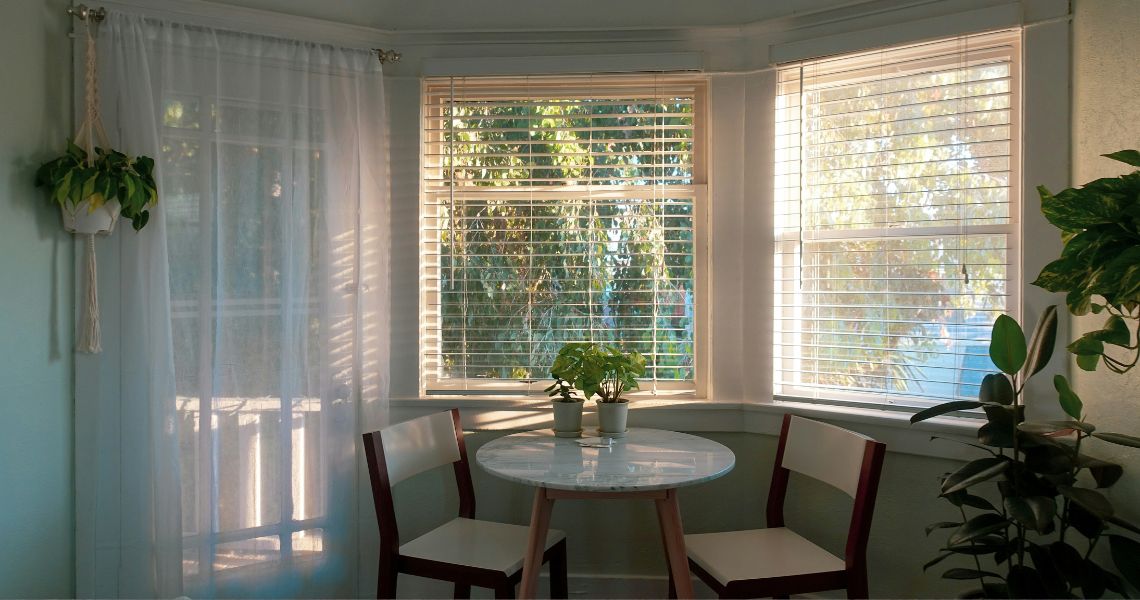More and more Welsh homeowners are discovering that the answer to “I need more space” isn’t an extension, a loft conversion, or moving house – it’s sitting quietly at the bottom of the garden.
From Cardiff suburbs to rural Carmarthenshire, garden rooms are becoming the new benchmark of modern Welsh living: part workspace, part sanctuary, part life-upgrade. And whether it’s for wellness, work, or simply a room that belongs entirely to you, the garden room boom is only just getting started.
But the reasons behind the trend in Wales go deeper than aesthetics – and they’re a lot more practical than you might think.
More Than a Home Office: How Wales Is Using Garden Rooms
Yes, the pandemic normalised working from home. But in 2025, the garden room has evolved way past the laptop-and-desk phase.
Welsh homeowners are now using them as:
- Private therapy or treatment rooms
- Home gyms that don’t eat up spare rooms
- Teen study rooms or uni-returner space
- Garden bars and entertainment spaces
- Side-hustle studios (Etsy, video content, tutoring, photography)
- Yoga or wellness retreats – somewhere quiet, heated, and separate

The keyword isn’t “room.” It’s freedom – a space that serves you, not the other way around.
Cost vs Extension: The Numbers That Matter
A full house extension in Wales can easily cost £35,000–£70,000+, not including architects, builders, or months of disruption.
A fully insulated, all-year garden room? Around £15,000–£30,000 on average – installed in weeks, not seasons.
In simple terms:
- Extensions cost more, take longer, and usually require planning permission.
- A loft conversion can run £30–£50k and still won’t give you separation from the main house.
- A garden room gives you a brand-new usable space at around half the cost – with zero impact on the existing structure.
For a lot of Welsh homeowners, that cost-to-benefit ratio is the deciding factor.
But – Wales Has a Unique Factor: Weather
A garden room in Surrey is one thing. A garden room in Swansea in February is something else entirely.
And that’s where quality matters.
Cheap “summer house” cabins don’t survive Welsh rain, wind, and winter damp – which is why the market has shifted toward fully insulated, timber-framed, airtight builds with proper foundations, EPDM roofs, heating and electrics.
One of the companies leading that shift is Nestive Garden Rooms – specialising in all-weather, all-year designs built specifically for Welsh climates, not just sunny weekends.
That’s the difference between “a box at the end of the garden” and “a room you can genuinely live, work or train in every single month of the year.”
Where in Wales Garden Rooms Make the Most Sense
- Urban (Cardiff, Swansea, Newport)
Space pressure is higher, so extra rooms = instant value.
Perfect for home offices, teen rooms, or guest spaces.
- Suburban (Vale of Glamorgan, Bridgend, Wrexham)
Family demand – more bedrooms, more hobbies, more privacy.
- Rural (Carmarthenshire, Powys, Pembrokeshire)
Bigger gardens = bigger potential – think full gym, home business base, studio, wellness cabin.
In many cases, the garden isn’t “extra land.” It’s unused potential.

Do You Need Planning Permission in Wales?
In most cases, no. Most garden rooms fall under Permitted Development as long as they are:
- Under 2.5m high at the boundary
- Single-storey
- Not used for sleeping accommodation
- Do not cover more than 50% of the garden
Exceptions apply in National Parks, listed buildings, AONB, or flats/maisonettes – but for most houses in Wales, it’s paperwork-free.
Why Garden Rooms Are Becoming the “Future-Proof Upgrade”
- Adds usable square footage without altering the house
- Supports modern lifestyles (WFH, hybrid careers, well-being, side-hustles)
- Adds lifestyle and resale appeal
- Creates separation – the most valuable modern luxury isn’t space, it’s privacy
A garden room isn’t just an extra room. It’s an extra version of your life.
Final Thought
The question Welsh homeowners are asking has shifted from:
“Can I afford a garden room?” to: “Why am I still giving away free space at the bottom of my garden?” And in 2025, the answer isn’t architectural – it’s lifestyle.
Images supplied












